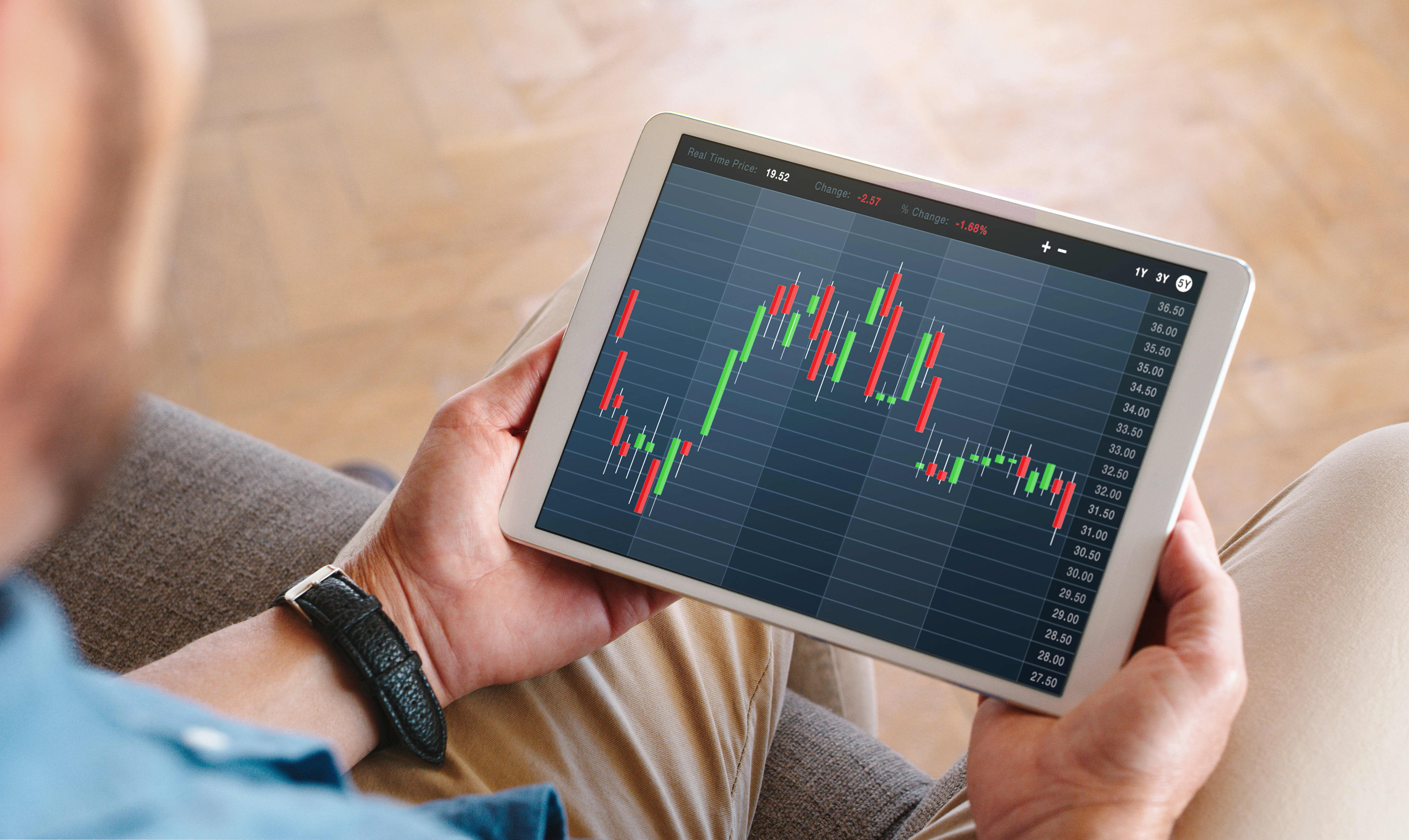It’d be surprising if you weren’t scared by recent headlines, yet how you responded to them as an investor will have major consequences for your long-term financial picture.
Most recently, reports of a new Covid variant that could be more contagious and less affected by vaccines than other strains prompted fears of more trouble for the economy. Many people were left wondering if the pandemic will ever end.
All that anxiety revealed itself in the market, with stocks plummeting steeply. Investors had two options: to pull money out, or to hang tight.
Who fared better?
More from Personal Finance:
Who can claim the home-office tax deduction
How to avoid tax bomb when selling your home
Must-know changes for the 2021 tax season
Let’s say you had $100,000 invested in the S&P 500 Index and decided to move to cash when stocks were slipping on Nov. 26. As of yesterday, you’d have around $97,700, according to Morningstar Direct.
If you’d stayed in the market, on the other hand? Your balance would also be around $97,700 at the end of Monday.
That means that those who sold didn’t achieve their goal of avoiding losses. (In fact, they may now have a capital gains tax bill that those who didn’t sell won’t.)
What’s more, the sellers are now going to miss out on future returns.
Over the last 20 or so years, the S&P 500 produced an average annual return of around 6%.
If you didn’t have your money in the market during the best 20 days over that timespan because you became convinced you should sell, and then reinvested later, your return would shrivel to just 0.1%, according to an analysis by Charles Schwab.
Despite the turbulent times, it would behoove investors to take a step back and consider the bigger picture.
Between 1900 and 2017, the S&P 500 suffered at least 16 bear markets, which is defined as a decline of more than 20%.
Loading chart…
Still, the average annual return on the index’s stocks over that period was around 11%.
Simply put, investors can’t ride the good times if they can’t stomach the bad periods, said certified financial planner Allan Roth, founder of financial advisory firm Wealth Logic in Colorado Springs, Colorado.
“Pain is a sign you’re investing well,” Roth said.
